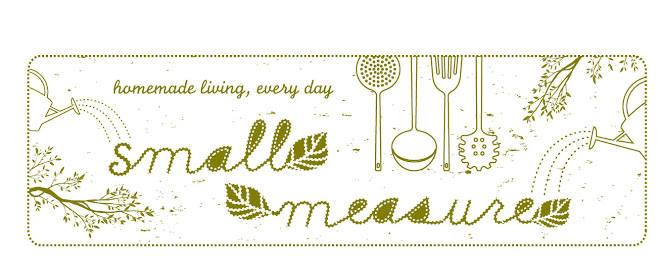 There's a fantastic article by Julia Moskin in the NY Times on what's being called "stem-to-root" cooking. Much like nose-to-tail meat-eating, wherein all of the parts of an animal are consumed (and not just the meatier pieces in the middle), stem-to-root "honors," if you will, every component of a fruit or vegetable, from its flowers and shoots to its rind and peel. It also respects the labor involved in growing the item, as well as the "life force" present in it (that last part is my own addition; I'm a big believer in the inherent vitality of all living things).
There's a fantastic article by Julia Moskin in the NY Times on what's being called "stem-to-root" cooking. Much like nose-to-tail meat-eating, wherein all of the parts of an animal are consumed (and not just the meatier pieces in the middle), stem-to-root "honors," if you will, every component of a fruit or vegetable, from its flowers and shoots to its rind and peel. It also respects the labor involved in growing the item, as well as the "life force" present in it (that last part is my own addition; I'm a big believer in the inherent vitality of all living things).It's the sort of cooking that's completely in line with my small measure ethos. Vegetable scraps take up an awful lot of space in landfills (it compromises about 28% of the overall debris-crazytown!). If you're not composting, stem-to-root cooking is a fantastic means of utilizing completely edible, but often overlooked, parts of produce.
The article concludes with mention of John Shields, head chef at Townhouse restaurant in Chilhowie, Virginia. Some of you long-time small measure readers might remember the wedding I worked up there several summers ago, when I had the amazing good fortune of meeting John and his then-fiance, now wife, Karen Urie.
That auspicious meeting later turned into a profile of the couple in my Keeping Bees book. Although they don't keep bees themselves, John and Karen are strong advocates of the honeybee, hosting benefit dinners and sponsoring hives on culinary farms (as chefs, they are acutely aware of just intimately the plight of the honeybee is tethered to the raw materials they work with on a daily basis).
After working the floral design on that wedding, Hubs and I returned the following week for one of Townhouse's honeybee benefit dinners. There are not enough superlatives in existence to covey just how memorable, exquisite, delicious and phenomenal of a meal that experience proved to be. If you're in the area (Chilhowie is in the mountains of southern Virginia, and about two hours from Asheville), you really must go. Hell, even if you're not in the area, it's totally worth the pilgrimage.
In the mean time, I've got some carrot greens to add to a salad and some watermelon rind to pickle.
*Image from Tony Cenicola/The New York Times.








5 comments:
Ashley,
Thanks for sharing this article, I hadn't seen it. After spending many hours picking beans this week at the farm where I work part time, I have been thinking a lot about the importance of honoring the plants, the earth and the people who get the food to you. Whether it is the bean picker, the delivery driver, the farmer or the chef, it is good to remember everything that goes into a meal.
wonderful. amazing what having a connection to your food will do. whenever i grow anything myself i'm so careful with it! you know just how much care it takes. x
Stem to root - fascinating. I like when there's a name for things instead of using tired phrases like "come full-circle."
Thanks so much for the article link.
I try to use as much as possible, but when it comes to rinds and cobs...I'm more than happy to feed the worms and compost for next year...I just used last year's leftovers to prepare my fall garden bed, that's my version of full circle...feeding the future generations with the past generations.
My granny, who grew up on a farm in Ireland, always told me that carrot tops. A while ago, I found out that they contained small amounts of strychnine. I'm glad the reporter had the disclaimer in the article about poison control.
Post a Comment